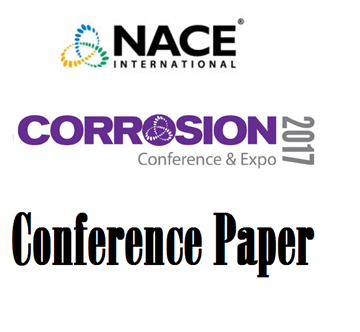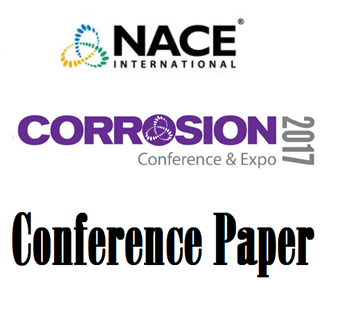Search
Corrosion Monitoring and Control
View as
Sort by
Display
per page
CP Virtual Training Simulator Subscription - One Year CP Virtual Training Simulator Access
Product Number:
CPVIRTUALTRAININGSIMULATOR
$429.00
Cracked High Pressure Steam Superheater Alloy 800 Piping Of A Thermal Oxidizer From A Gas Plant SRU
Product Number:
51322-17922-SG
Publication Date:
2022
$20.00
Crevice Corrosion Of High-Grade Stainless Steels In Seawaters, Comparison Between Temperate And Tropical Locations
Product Number:
51322-17828-SG
Publication Date:
2022
$20.00
Crevice Corrosion of Stainless Steel in Tropical Seas
Product Number:
51317--9327-SG
ISBN:
9327 2017 CP
Publication Date:
2017
$20.00
Cyclic CUI Testing of Insulation Materials
Product Number:
51317--8877-SG
ISBN:
8877 2017 CP
Publication Date:
2017
$20.00
Data-Driven Corrosion Prevention and Control Decisions for the USAF
Product Number:
51217-061-SG
Publication Date:
2017
$20.00
Datascience To Enhance Pipeline Maintenance
Product Number:
51322-17508-SG
Publication Date:
2022
$20.00
DC Decoupler Modelling To Predict The Effects Of Capacitance On CP Potential Surveys
Product Number:
51322-17839-SG
Publication Date:
2022
$20.00
Decision Making Under Uncertain Erosion Conditions Using The Probabilistic Model
Product Number:
51322-17813-SG
Publication Date:
2022
$20.00
Defining High Performance At Low VOC: Waterborne Acrylic Dtms Under 25 G/L
Product Number:
51322-17829-SG
Publication Date:
2022
$20.00
Designing a Maintenance Painting Management Program
Product Number:
41205-209-SG
Publication Date:
2005
$20.00
Detection And Location Of Coating Defects And Disbondments On Buried Pipelines With Differential Reflectometry Mapping
Product Number:
51322-18065-SG
Publication Date:
2022
$20.00












